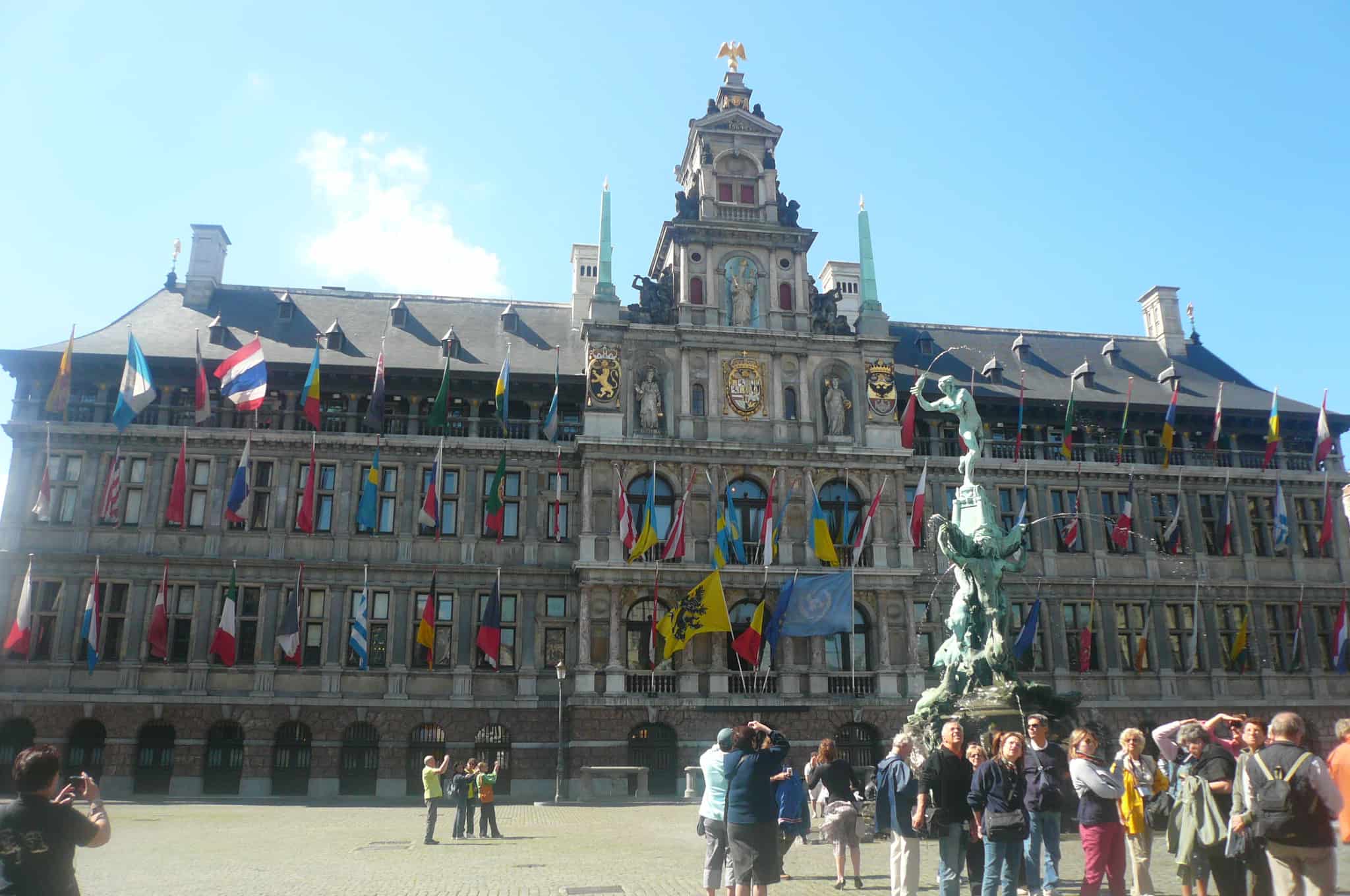
Capital of the province of the same name, Antwerp is one of the most important cities in Flanders as well as Belgium.
Inhabited since gallo-Roman times, Antwerp developed around the seventh century and was then destroyed by the Norman invasion. Province of the Holy Roman Empire in the tenth century, it expanded its borders more and more to become, around the fourteenth century, one of the financial centers of Europe. To favor it was the port and the trade that came from it.
The main sights of Antwerp are the Cathedral, the Grote Markt and Steen Castle.
The Cathedral of Antwerp, also known as the Cathedral of Our Lady is the most important and largest church in the city. The building was built on a small chapel that had already been erected in honor of Mary since the tenth century. Built between 1350 and 1520 in Gothic style, the Cathedral of Antwerp suffered over the years damage and confiscation such as fire in 1533 or looting in 1566 and 1581. At the end of 1500 elements in Baroque style were added while between the seventeenth and nineteenth centuries it was redesigned in neo-Gothic style.
At the heart of the Grote Markt is the Fountain of Brabone, the founder of the city. Built in 1887, it represents a Roman soldier who according to legend killed the giant Druon Antigoon. On the west side of the Grote Markt is Antwerp City Hall, one of the finest examples of Flanders’ Renaissance architecture. Work on its construction began in 1560 and was completed five years later. On the east side there are the Houses of the Ancient Guilds of Arts and Crafts, dating back to the sixteenth and seventeenth centuries and are characteristic for their colors and pointed facades.
Steen Castle is the oldest building in Antwerp, it was built in the eleventh century and is located along the river Scheldt. It was built in the ninth century and was intended to protect the port of Antwerp. It was renovated in the sixteenth century and until 1823 was used as a prison. From 1862 it was transformed into a museum and until 2008 it was the seat of the National Maritime Museum.









